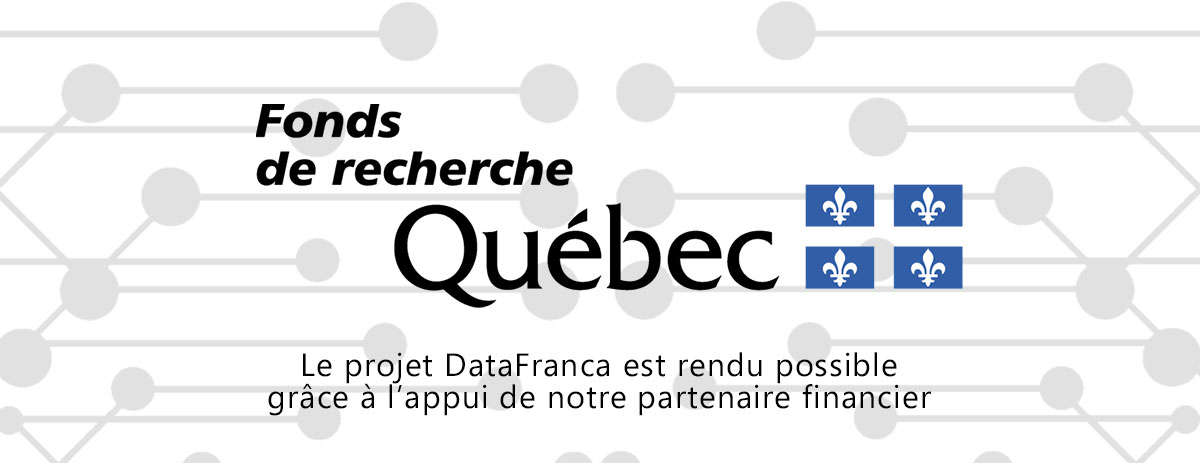Generative Adversarial Networks
en construction
Définition
XXXXXXXXX
Français
XXXXXXXXX
Anglais
Generative adversarial network
A generative adversarial network (GAN) is a class of machine learning frameworks designed by Ian Goodfellow and his colleagues in 2014.[1] Two neural networks contest with each other in a game (in the form of a zero-sum game, where one agent's gain is another agent's loss).
Given a training set, this technique learns to generate new data with the same statistics as the training set. For example, a GAN trained on photographs can generate new photographs that look at least superficially authentic to human observers, having many realistic characteristics. Though originally proposed as a form of generative model for unsupervised learning, GANs have also proven useful for semi-supervised learning,[2] fully supervised learning,[3] and reinforcement learning.[4]
The core idea of a GAN is based on the "indirect" training through the discriminator, which itself is also being updated dynamically.[5] This basically means that the generator is not trained to minimize the distance to a specific image, but rather to fool the discriminator. This enables the model to learn in an unsupervised manner.
Contributeurs: Imane Meziani, wiki










